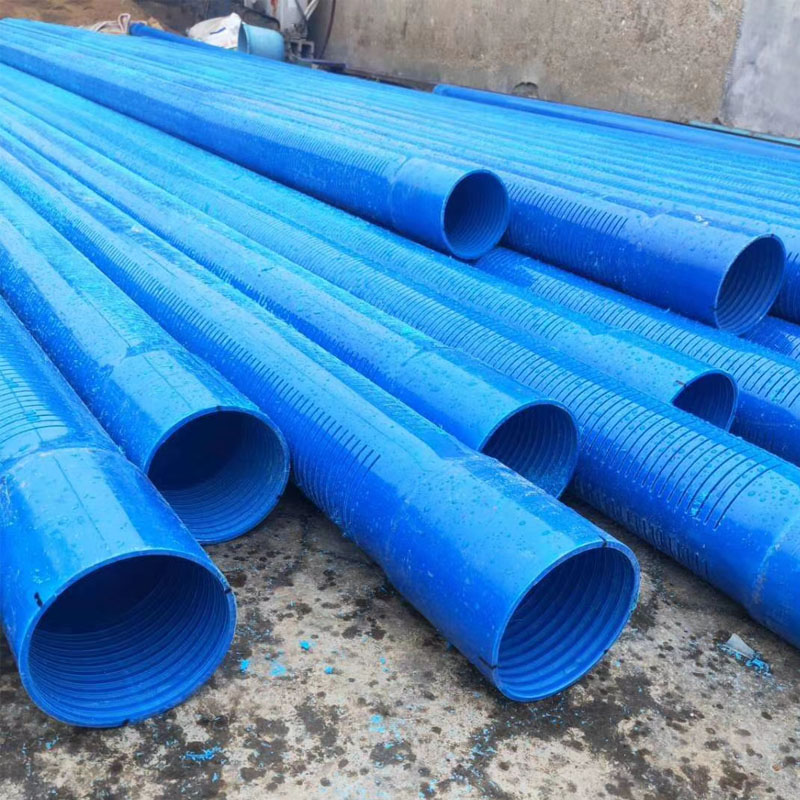Sep . 26, 2024 01:23 Back to list
ppr pipe for chilled water system service
The Role of PPR Pipes in Chilled Water System Services
In modern building services engineering, chilled water systems play a crucial role in providing effective climate control. These systems are essential in commercial and industrial applications, where maintaining optimal temperature is key to operational efficiency and comfort. One of the most effective components in developing these chilled water systems is the choice of piping material. Among various options available, Polypropylene Random Copolymer (PPR) pipes have gained prominence due to their advantageous properties. This article delves into the characteristics of PPR pipes and their suitability for chilled water system service.
PPR pipes are manufactured from a type of polypropylene that has been modified to enhance its flexibility and thermal stability. This makes them particularly suitable for chilled water applications, where temperature fluctuations and thermal contraction can pose challenges for other materials. The low thermal conductivity of PPR also contributes to reduced energy losses during the chilled water transport process, making them an energy-efficient choice for building services.
One of the significant advantages of using PPR pipes in chilled water systems is their excellent resistance to corrosion and scale formation. Traditional materials such as copper and steel are prone to rust and corrosion, especially in high-moisture environments. This not only can lead to leaks and costly repairs but also affects the overall efficiency of the system. In contrast, PPR pipes are immune to rust and do not corrode over time, ensuring a longer lifespan and more reliable service for chilled water applications.
Moreover, the smooth interior surface of PPR pipes minimizes friction loss, which is vital for maintaining optimal flow rates in chilled water systems. The reduced friction also leads to lower energy consumption, which is a key consideration for system design in terms of operational costs. With reduced pressure losses, pumps can operate more efficiently, resulting in longer service life and lower maintenance requirements.
ppr pipe for chilled water system service

Another important aspect of PPR pipes is their thermal insulation properties. PPR exhibits low thermal conductivity, resulting in reduced condensation risks when transporting chilled water. This is particularly important in building environments where moisture control is critical to prevent mold growth and maintain air quality. Furthermore, the reduced condensation can enhance the aesthetic appeal of installations, as it minimizes water damage to surrounding structures.
Installation of PPR pipes is straightforward due to their lightweight nature. This feature facilitates easier handling and reduces labor costs during installation, particularly in large-scale chilled water systems. PPR pipes can be joined using a heat fusion method, creating strong, leak-free joints that can withstand the pressures associated with chilled water systems. This simplicity in installation can be a significant advantage in project timelines and overall system reliability.
Sustainability is becoming an essential consideration in modern construction, and PPR pipes align well with this trend. Polypropylene is a recyclable material, and its production involves fewer environmental impacts compared to other piping materials. By choosing PPR for chilled water systems, builders and engineers can contribute to more sustainable practices in construction and infrastructure development.
In conclusion, PPR pipes present numerous advantages for chilled water system services, ranging from their durability and resistance to corrosion to their energy efficiency and ease of installation. As the demand for effective climate control in buildings continues to grow, the selection of appropriate materials for chilled water systems becomes increasingly vital. By leveraging the unique properties of PPR pipes, HVAC engineers and designers can create systems that not only perform efficiently but also contribute to an overall sustainable approach in building services. The continued evolution in materials science assures that PPR will remain a go-to solution for chilled water applications for years to come.
-
High-Quality PVC Borehole Pipes Durable & Versatile Pipe Solutions
NewsJul.08,2025
-
High-Quality PVC Perforated Pipes for Efficient Drainage Leading Manufacturers & Factories
NewsJul.08,2025
-
High-Quality PVC Borehole Pipes Durable Pipe Solutions by Leading Manufacturer
NewsJul.08,2025
-
High-Quality PVC Borehole Pipes Reliable PVC Pipe Manufacturer Solutions
NewsJul.07,2025
-
High-Quality UPVC Drain Pipes Durable HDPE & Drain Pipe Solutions
NewsJul.07,2025
-
High-Quality Conduit Pipes & HDPE Conduit Fittings Manufacturer Reliable Factory Supply
NewsJul.06,2025

